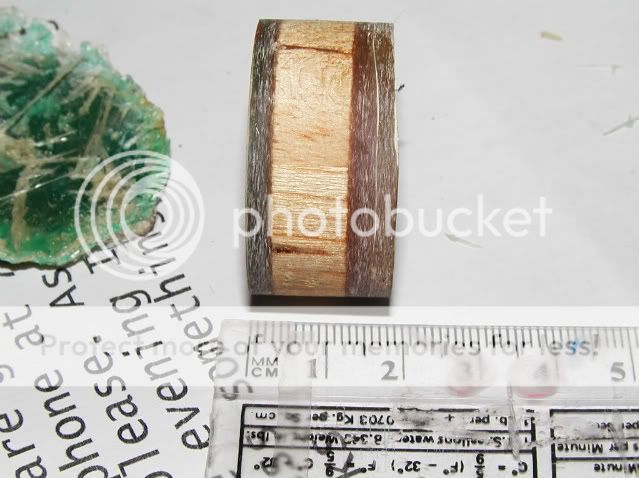Newer Balsa cored Hulls
- Thread starter bffatcat
- Start date
- Status
- Not open for further replies.
It rather depends upon the core material. balsa has the highest compressive strength but rather poor shear strength and low resistance to rot. Corecell and Airex core are the most damage resistant and are completely rot proof but they have low compressive strength..
Companies like J/Boats use end grain balsa core made by Baltek for many years, but Baltek has made strides on improving the product and I think they now use a product called AL/600/10, which is an improvement from the Al/600, which was a precoated end grain balsa product designed to control moisture permeation. The new AL-600/10 incorporated a new coating that was a third the cost and more compatible with current resins including ortho- and isopthalic-polyester, vinylester and epoxy systems. It has been documented that the best way to use a core material like balsa is to also vacuum bag during the building process. Everette Pearson, founder of TPI and a fiberglass composite pioneer has done lots of testing on hull sections. He once cut out a square from the hull of a J/Boat and dropped it into Narragansett Bay for a few months with the ends open to the sea water. After he pulled it, there was no migration of moisture into the section of hull. He also did ballistic tests where they fired various calibers of bullets into the hull sections and they were impenetrable. The most current method of J/Boat construction is that called SCRIMP which was developed by a guy named Bill Seeman, which TPI used in the production of the various boats they build. SCRIMP is a vacuum bag assisted lamination process where resins are infused through tubes in a very controlled system so that there is consistency over the entire hull (or deck, or whatever they are making) of resin quantity and also it all cures at the same rate producing a very strong, stiff and light product. One downside is print-thru, which is more evident on a very dark hull, but not so on a white hull. Dark hulls show every slight imperfection and so additional preparation must be done for a very fine finish. Balsa core will last if taken care of. People often drill into their decks with temerity and do not properly caulk the fitting they are installing and in some cases it is necessary to actually solidify an area around the fitting or through hull by fiberglassing a larger diameter and then drilling through solid fiberglass and then caulking which insures no migration of moisture will result from such activiity.
You want compression strength from the core so that's why Balsa is great for it. The glass fibers in the fiberglass is what gives it the tensil strength. The combination of the two is a very light but very strong materal. Only time Balsa rot is a problem is on a boat that somebody doesn't take care of the right way for a very long long time. As the one test proved, even sitting in water for a month isn't going to ruin the Balsa.
i think the question is valid and as far as longevity? they just dont last.
any crack or penetration through the fiberglass is a potential moisture leak which means rotten core and certain death to a once good boat. mid 70's through mid 80's boats are usually scrapped by now or should be due to the introduction of balsa cored hulls. it was a great idea for a short sighted answer.
any crack or penetration through the fiberglass is a potential moisture leak which means rotten core and certain death to a once good boat. mid 70's through mid 80's boats are usually scrapped by now or should be due to the introduction of balsa cored hulls. it was a great idea for a short sighted answer.
i think the question is valid and as far as longevity? they just dont last.
any crack or penetration through the fiberglass is a potential moisture leak which means rotten core and certain death to a once good boat. mid 70's through mid 80's boats are usually scrapped by now or should be due to the introduction of balsa cored hulls. it was a great idea for a short sighted answer.
Sure, we've all heard of balsa cored hull horror stories, but to say they don't last is a stretch. There are lots of boats with core problems but also thousands & thousands that are bone dry.
A few years ago we were looking at Hinterholler built boats. I had my meter on over 15 of them and found no signs of hull core moisture on any of them. 15 is a decent sample size. In contrast I did the same with another brand of cored boats and almost every one had core moisture (3 of 3). It all depends on use, care, maintenance & build quality.
I would have no problem owning a scrimp boat or a one from good quality cored hull builder..
- Status
- Not open for further replies.



